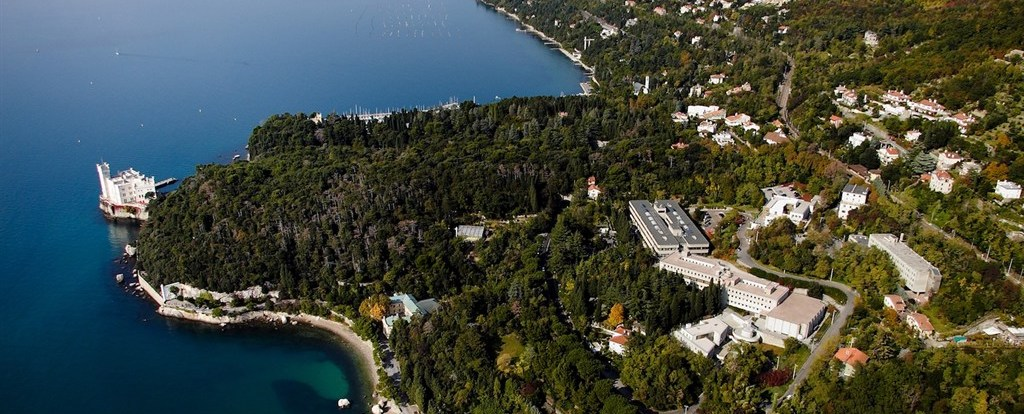Speaker
Description
The two bright early galaxy candidates GL-z10 and GL-z12 [Naidu et al 2022 ApJL 940 L14, Castellano et al 2022 ApJL 938 L15], discovered with the near infra-red camera (NIRCam) imaging data from the Glass-JWST Early Release Science Program are unexpected, since they must be over a million solar masses and have built-up their masses in only < 300-400 Myr after the Big Bang in the LCDM model. Similarly the masses of six candidate galaxies at 7.4<z<9.1 [Labbe et al 2023 Nature] are to be a factor of ~20-1000 higher than the expected values. The recent discovery of the two companion sources to a strongly lensed galaxy SPT0418, which possess extraordinarily high metallicity at the cosmic age of 1.4 Gyr [Peng et al 2023 944 L36], also appears to be in tension with LCDM cosmology. While attempts are ongoing to modify the theories of galaxy formation in the early universe, we believe that it is equally important to look for alternatives to the expansion history in the early universe that may allow time for formation of these massive objects at the respective redshifts. An already discussed `eternal coasting' (scale factor varies linearly as time) model of the universe [John & Joseph 2000 Phys. Rev. D 61, 087304] is capable of explaining most cosmic observations without having any of the cosmological problems (including the coincidence problem) in it. This model is shown to have an age of 1.07 Gyr at a redshift of z=12; at z=20, it is ~700 Myr. Some special features of structure formation in this model are discussed.

